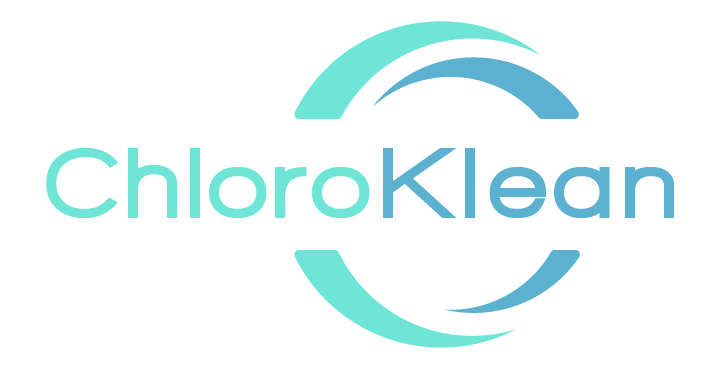Connah’s Quay Power Station (E.On)
The Challenge
Connah’s Quay is a 1420MWe gas fired power station, owned by E.ON UK. Cooling water is circulated through low level hybrid cooling towers with wet and dry sections, where the heat is rejected to the atmosphere via convection, conduction and primarily evaporation.
Sodium hypochlorite dosing had been proven to be ineffective in controlling biofouling throughout the entire cooling water system due to environmental restrictions on dosing, and resulted in unwanted disinfection by-products. Unit efficiency was also significantly reduced through the formation of microbial slimes and silt deposition within the cooling system.
The Dee estuary up to the Connah’s Quay site is designated as a Site of Special Scientific Interest and a Special Protection Area under the EC Conservation of Wild Birds Directive.
The Solution
A ChloroKlean Chlorine Dioxide generator was selected for site trial in consultation with the Environment Agency. One stream (Tower A) was dosed with Chlorine Dioxide, the other (Tower B) was left un-dosed as a control. The trial ran for a period of 4 months, with ChloroKlean trained personnel managing the generator and remote monitoring being used via the ChloroKlean InSite system.
The Results
- Significant improvement was seen in each and every performance parameter versus the control tower.
- £1,600,000 per year cost savings
- After efficiency improvements it is expected these savings will rise to between £1.4 and £2.6 million
- Reduced annual carbon emissions by 9,000 tonnes
- Unit efficiency increased by a minimum of 0.11%
- Improved heat transfer efficiency and a reduction in the amount of water required to cool the plant
- Decrease of 0.9 degrees c in pond temperature
- Decrease in tower cooling water pump pressure of 6%
- Decreased service and pumping costs, due to biofilm removal reducing friction
- Industry leading environmental monitoring & control in a Site of Special Scientific Interest
- Proven significant environmental benefits of replacing sodium hypochlorite with Chlorine Dioxide; no THMs or other halogenated organic DBPs resulted from the ClO2 treatment.
* White Paper available on request
